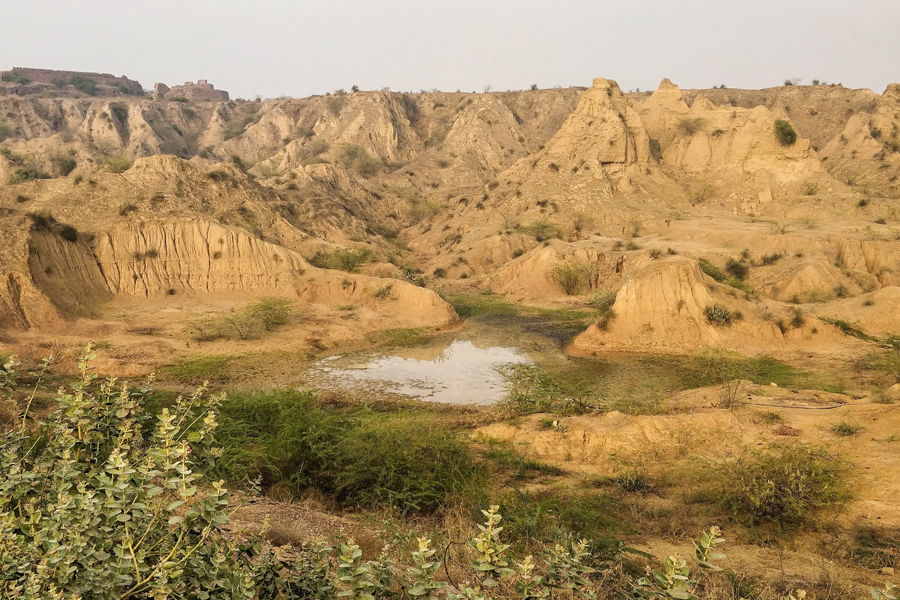
The investigation explores how human-induced or natural activities contribute to the transformation of badlands into flat areas, potentially compromising the integrity of the natural ecosystem.
Authors
Rohit Kumar, Indian Agribusiness Systems Ltd, A-18/B-1 Extension, 2nd Floor, Mohan Cooperative Industrial Estate, New Delhi, 110044, India; Discipline of Geology, School of Sciences, Indira Gandhi National Open University, New Delhi, India.
Parv Kasana, Department of Geology, University of Delhi, Delhi, India.
Rahul Devrani, Assistant Professor, Jindal School of Environment and Sustainability, O.P. Jindal Global University, 131001, Sonipat, Haryana, India.
Shikha Panwar Devrani, Mount Carmel School, Sector 22, Dwarka, New Delhi, India.
Summary
Badlands are characterised by rugged landforms shaped through a combination of climatic, tectonic, and erosional processes with significant geomorphic value as near-surface sediments and bedrock geology unveil erosion and geomorphic evolution phases. The Chambal River basin harbours unique badlands renowned for their extensive geometry and development. These badlands result from fluvial activity in humid to sub-humid conditions, exhibiting considerable depth (~ 80 m), steep slopes, and high drainage density.
The Chambal badlands are distinguished by their riparian vegetation, including grasses, shrubs, and trees, as well as the presence of aquatic plants and dry deciduous forests comprising teak, sal, babul, and acacia. The ecological richness extends to its inhabitants, featuring the Gharial, Indian Skimmer, Ganges River Dolphin, Mugger Crocodile, and various avian species like eagles, vultures, kingfishers, and waterfowl. The exceptional topography and diverse and endangered flora and fauna distinguish the Chambal badlands as a unique site. Recognising its significance, preservation efforts are crucial to safeguard this area as a geoheritage site.
This study delves into a comparative analysis of selected morphometric parameters between badlands and non-badland regions, aiming to comprehend the disparities in plain and rugged terrains. The investigation explores how human-induced or natural activities contribute to the transformation of badlands into flat areas, potentially compromising the integrity of the natural ecosystem. Preserving the Chambal badlands is vital for maintaining its intrinsic geoheritage and sustaining the delicate balance of the region’s ecological systems.
Published in: Geoheritage
To read the full article, please click here.

